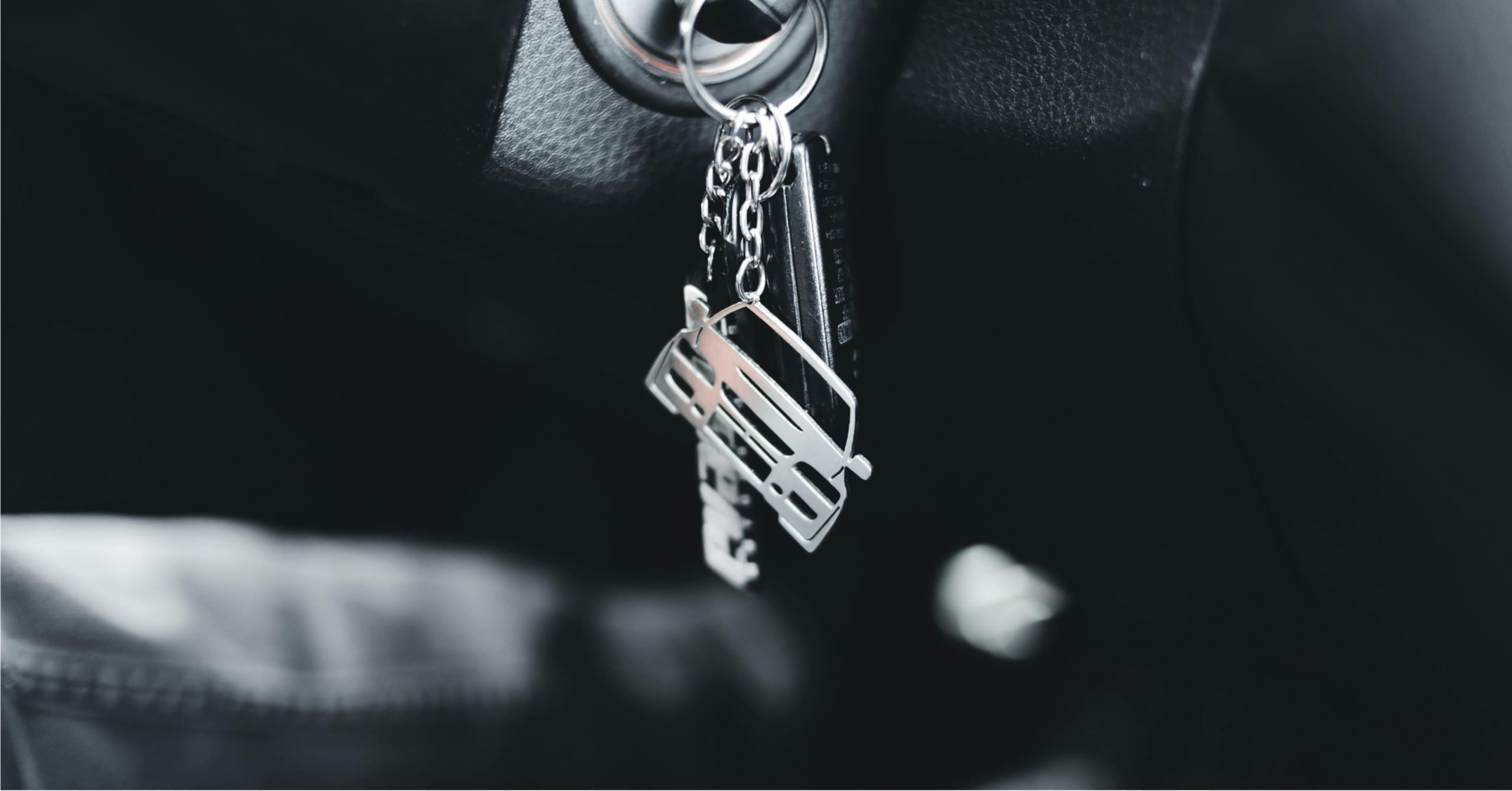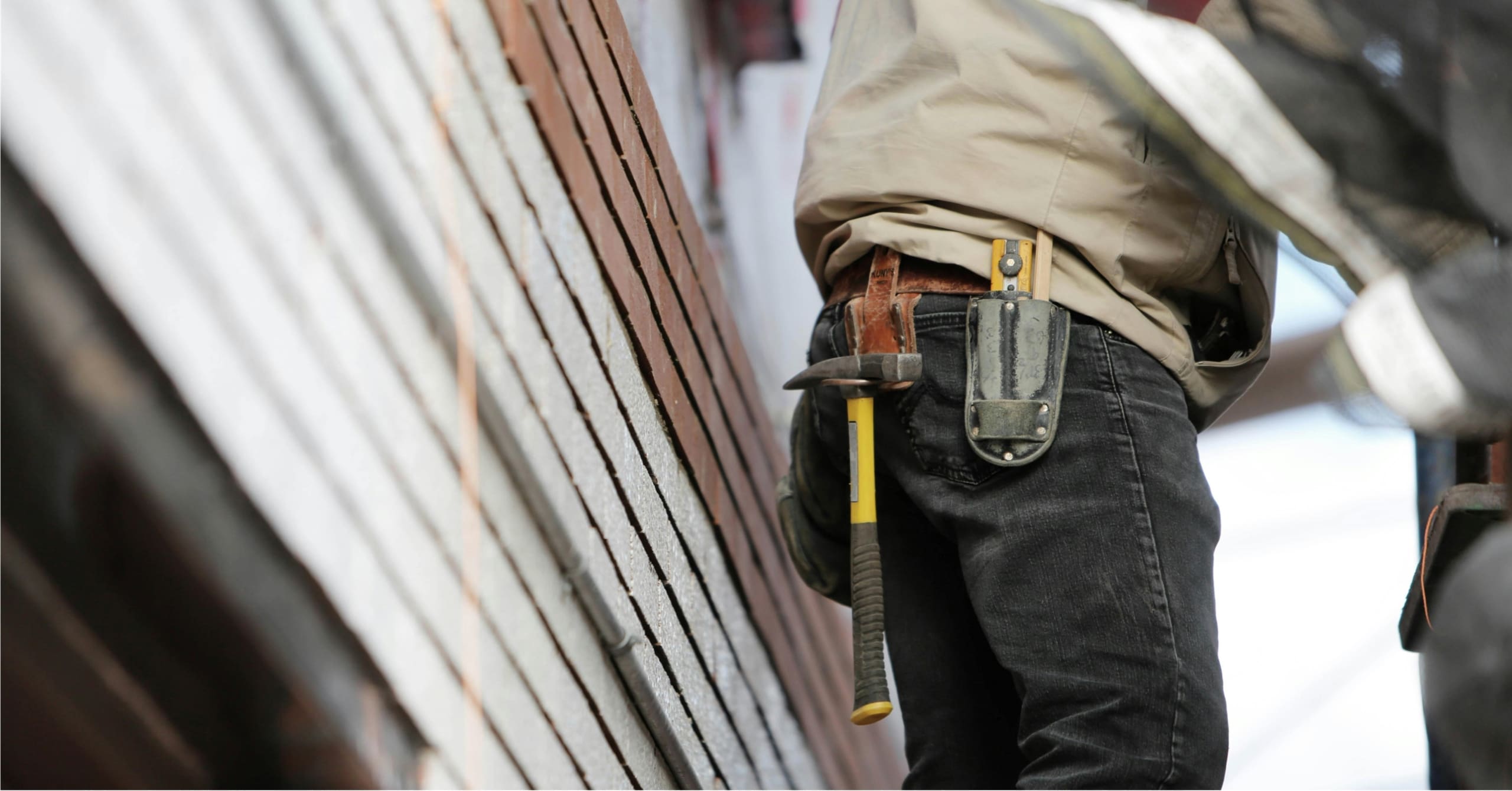
Wayne Texeira, Marketing Director, CFMP, AINS, AIS, API
Do you have a sump pump in your basement? If yes, it’s important to perform regular maintenance checks to ensure that it’s working properly to keep your home dry and prevent damage from excess ground or rainwater. Periodic checking that your pump is functioning properly can reduce the chances of a failure at the worst possible moment. The best time of year to annually test your sump pump is late winter/early spring before the “wet season” of snow melt, thawing ground thaw and heavy spring rains.
Causes of Failure
Some reasons that a sump pump can fail include:
- Power outage/Battery backup failure
- Burned out motor
- Unplugged, blown fuse or damaged power source
- Clogged intake or discharge
- Frozen discharge pipe
- Broken/stuck float switch
- Broken impeller
If your system doesn’t have a battery backup, we strongly recommend having one installed. Sump pumps are often needed most in a severe storm where power might get knocked out. Having an alternate power source can avert a disaster.
If you’re a do-it-yourselfer, you can probably handle a basic check and cleaning of your sump pump. But, if you need assistance or run into any problems, it’s best to contact a licensed plumber. It’s also good to have a professional inspection if you’ve recently bought your home.
Maintenance Checklist
There are so many different types of pumps, so it’s best to consult your owner’s manual for specific advice on maintenance and testing. Your owner’s manual can also provide guidance if service is required. Here are some general steps:
- Unplug the unit before you begin your inspection
- Remove the pump from the sump, clean it, and inspect it
- Check the owner’s manual for maintenance instructions and to determine if the pump bearings require grease or oil
- Inspect and clean out the sump pit
- Replace the sump pump
- Connect the power cord and inspect that the cord and power source are in good shape.
- Dump a bucket of water into the sump to raise the float and ensure the pump turns on, adjusting the float if required.
- Check alarm. Not all sump pumps have an alarm that sounds when the pump turns on, but if yours does, be sure it’s working.
- Battery back-up. Make sure the battery is charged.
Here are a couple of links you might find helpful:
http://www.wikihow.com/Clean-out-a-Sump-Pit
http://homerepair.about.com/od/plumbingrepair/ss/sump_pump_maint_tips.htm
Other Times to Check
In addition to annual maintenance, it’s a good idea to clean the inlet and pump screen quarterly. Also, if there is a threat of a serious storm, it’s worth a double check to make sure the sump pit doesn’t contain any debris that could cause a clog and that the outlet pipe is clear so that water can flow properly.
Taking a little time to inspect your sump pump and other safety features and devices in your home is well worth it. While having proper insurance protection can help repair damage after a disaster, it’s so much better to avoid the disaster if you can with proper prevention.
NOTE: Murphy Insurance Agency makes no representation or warranty regarding the completeness or accuracy of information provided above or via the linked sites. The Agency is in no way liable for any direct or indirect technical or system issues or any consequences arising out of your access to or your use of third-party technologies, websites, information, and programs made available.
Visit Our Homeowners Insurance Page
At Murphy Insurance, we take great care in assessing your options for homeowners insurance to ensure that you receive the most favorable value. Our dedication to serving you entails collaborating with highly-rated insurance providers and conducting comprehensive assessments of available choices. Our goal is to achieve the ideal equilibrium between affordability and coverage that suits your unique needs. Please let us provide you with a customized homeowners insurance quote.













